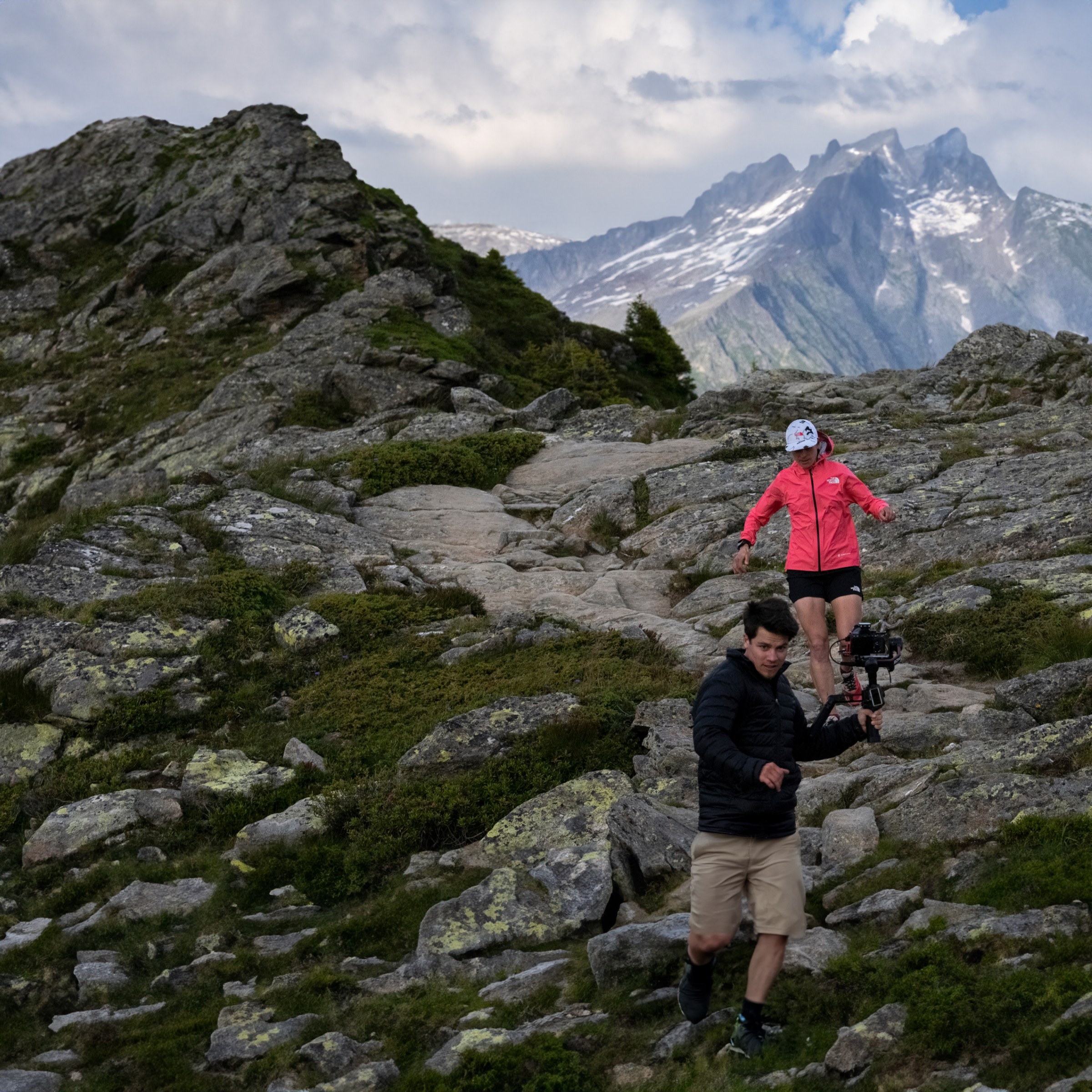The North Face
A US-based team filmed a Canadian ultramarathon runner in the Italian Alps, along with Afghan women runners, using Frame.io to stay creatively connected while producing the powerful documentary, “Free to Run.”

A US-based team filmed a Canadian ultramarathon runner in the Italian Alps, along with Afghan women runners, using Frame.io to stay creatively connected while producing the powerful documentary, “Free to Run.”






Dream Lens Media directors Carrie and Tim Highman approached ultramarathon runner and UN human rights attorney Stephanie Case about shooting a documentary centered around the NGO she founded to enable Afghan women to run freely. Case became a brand ambassador for The North Face, and with their sponsorship the team embarked on a production intended to follow Case through the grueling 450 km Tors des Glacier and then to a two-week event in the Wakhan Corridor in Afghanistan. But when the Taliban took over Kabul just weeks before the race, their plans and the scope of the story took a major detour.
With the directors themselves capturing Case’s arduous 155-hour run and an Australian cinematographer in Kabul filming the takeover as it unfolded, editorial house Bruton Stroube/Outpost in St. Louis relied on features in the Adobe Creative Cloud to cull through the approximately 80 hours of video—and on Frame.io to collaborate creatively with Carrie, Tim, and multiple other stakeholders as they shaped the mountain of footage into a 30-minute film.
Not only did Case break the women’s record for completing the race by 30 hours, the film has also served to raise awareness for the plight of the Afghan women who were forced to leave their families and flee to the US. The North Face accomplished their goal to bring important women’s rights stories to light. And Dream Lens Media and Outpost continue to develop this project into a feature-length documentary.






Both Carrie and the editorial team at Outpost are longtime Premiere Pro users. The Productions panel allowed the story producer to cull through the material and create stringouts, and the editor to keep her own project but access the stringouts easily. They also used the transcription feature extensively, which let them type in a keyword and go directly to the soundbites that contained it. After Effects was used for titling, and Audition for editing the audio—the team especially enjoyed the speech-to-text feature, which worked reliably even with accents.
With the editors in St. Louis and the directors in Wisconsin, the three main protagonists from the film in three different cities, and The North Face clients in Europe, the team relied heavily on Frame.io to streamline the conversations.
Frame.io became indispensable during the production for exchanging assets, as well. The Afghan women were using Go-Pros or iPhones to capture additional interviews or still photos and had to be able to share them easily. The editor set up a folder structure that the women could upload those extras to, so that all the assets would remain centralized for the directors to access, as well.
A film as powerful as this demanded thoughtful music composition. Cleod 9 in Washington, D.C., worked remotely with the Wisconsin and St. Louis teams by building tracks for each music cue, loading each one into its own folder and creating one version of just the .wav file and the other of the scene with the track. The music team provided notes throughout the cue, explaining instrument choices and why they built it the way they did. Then, the directors could make their notes frame accurately in Frame.io to indicate where they thought the music should feel more (or less) intense or should flow differently. Over the course of the process, they kept the older drafts within a folder structure in Frame.io. When the cues were ready, they would then put them into a folder that the Outpost team could pull directly from to place into the overall edit.